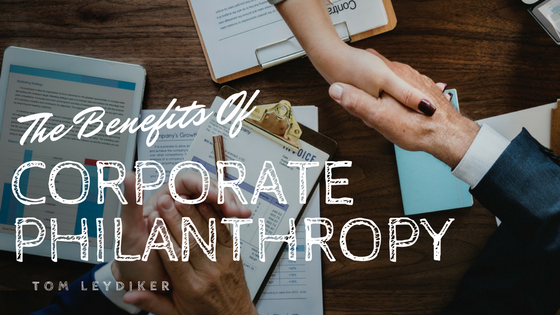While some corporations are still contributing to worthy causes, philanthropy has taken a hard hit in recent years. It’s a trend that might have been anticipated, considering the situation in which most corporations find themselves. On the one side, they have consumers demanding greater social responsibility from businesses that they feel can afford to do more. However, corporations also have investors and shareholders demanding larger gains on short-term profits. As they become caught in the middle, many corporations choose not to act.
Using Philanthropy as an Investment Tool
While many in the business sector feel corporations are under no obligation to better the communities in which they operate, others see philanthropy as an opportunity. Just as there is a strategy to investing, philanthropy can also be used to give corporations an edge against their competition. Philanthropic donations can be used to better the social and economic conditions of the community, which will benefit the business over a long-term period.
Do Corporate Donations Make a Difference?
Another argument is that corporations have no more impact on a community through their philanthropic efforts than that accomplished through donations from individuals. To the contrary, by focusing donations on a select few charities, corporations can maximize the social benefits of their donations. Over time, that impact will be multiplied, far exceeding the good that individual donations can do.
One example of a corporation using philanthropy to promote social and financial gains is Cisco Systems, which opted to go for educational philanthropy. They launched the Cisco Networking Academy to help train more people to work as network administrators. The company feared that a shortage of fully trained network administrators would ultimately affect their business, so they created the opportunity to open up more jobs for the community, educate those eager to learn, and to ensure they would have a pool of qualified candidates on the future.
Through this kind of strategic philanthropy, corporations can dig themselves out of a tight spot. They can appease critics and consumers, who demand greater social responsibility from businesses by generating opportunities and helping needy sectors of the community. At the same time, those philanthropic efforts can be pursued in a way that will ultimately benefit the corporation, leading to greater profits for investors. It may present a tight balancing act, but it can be done and in a way that will help everyone get benefits from the donations.

